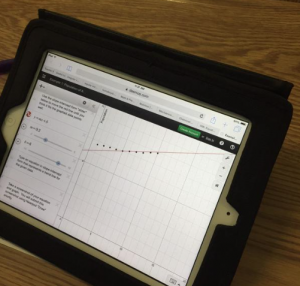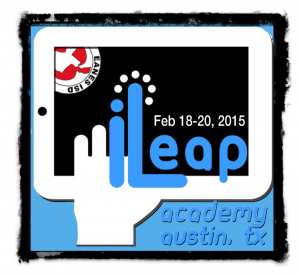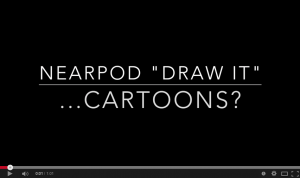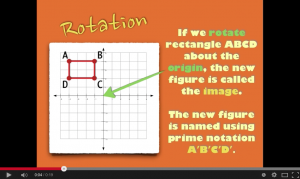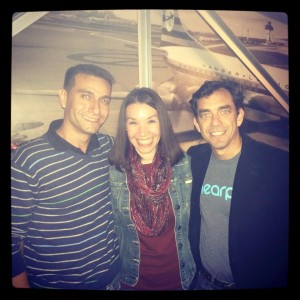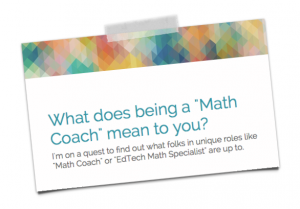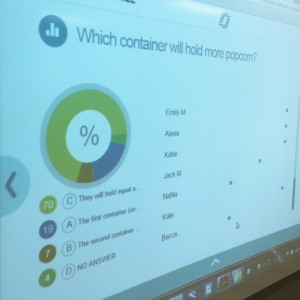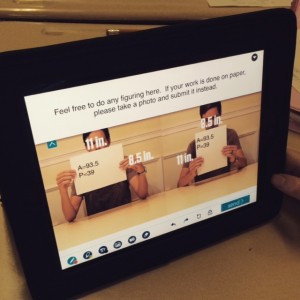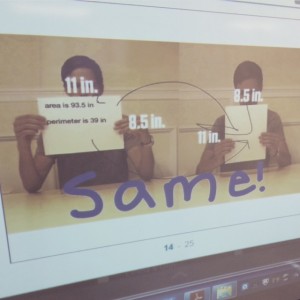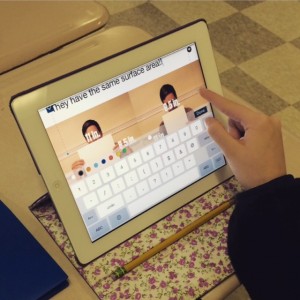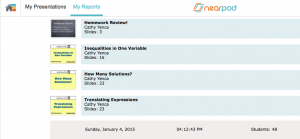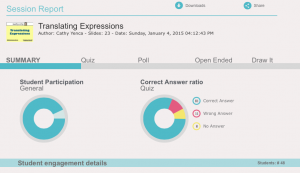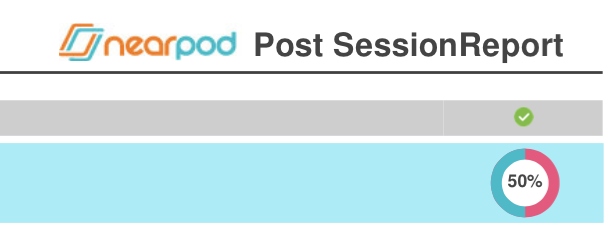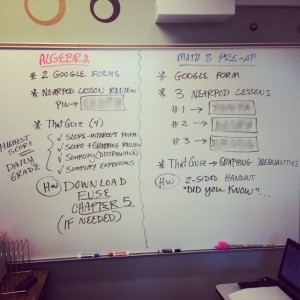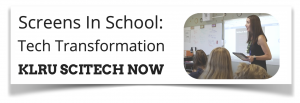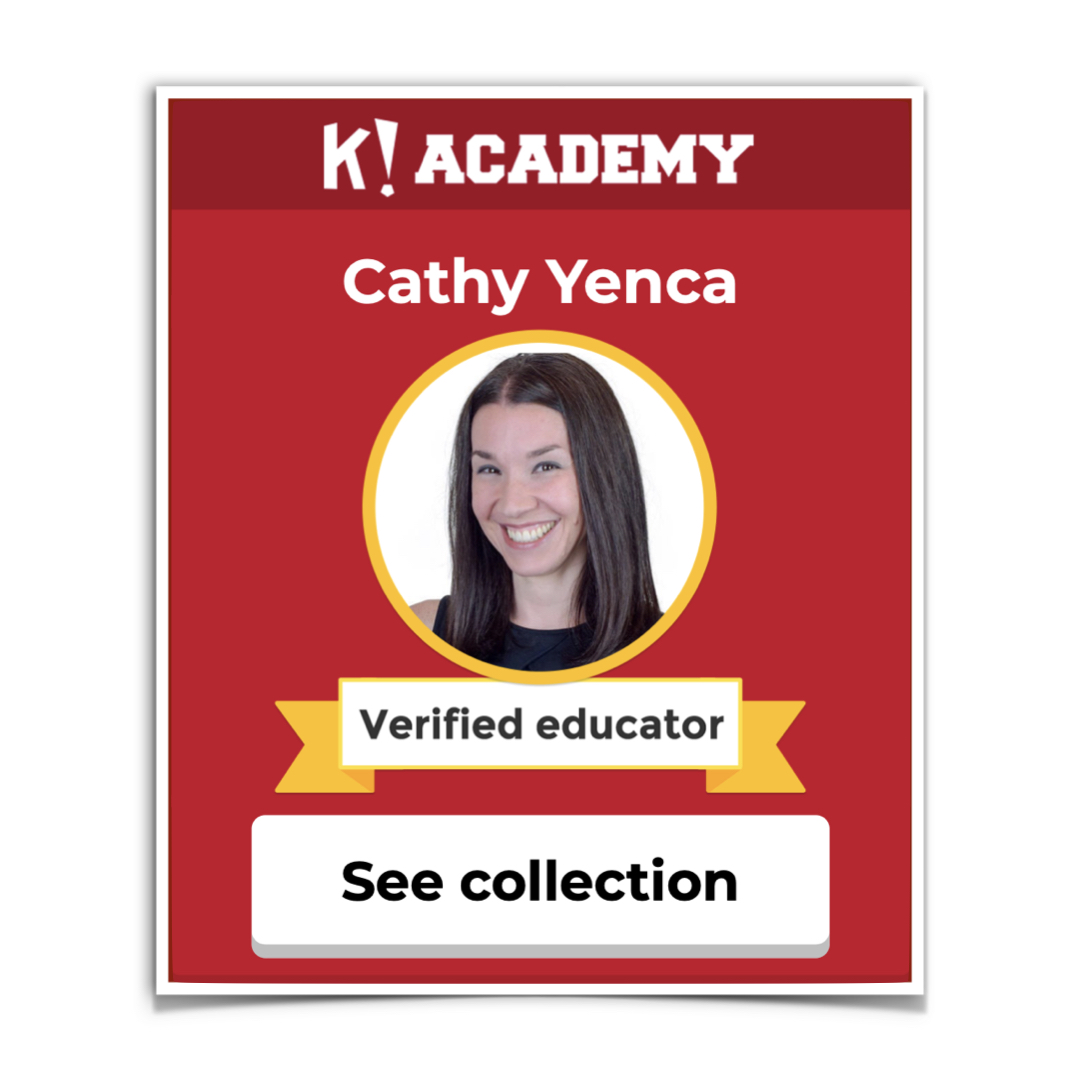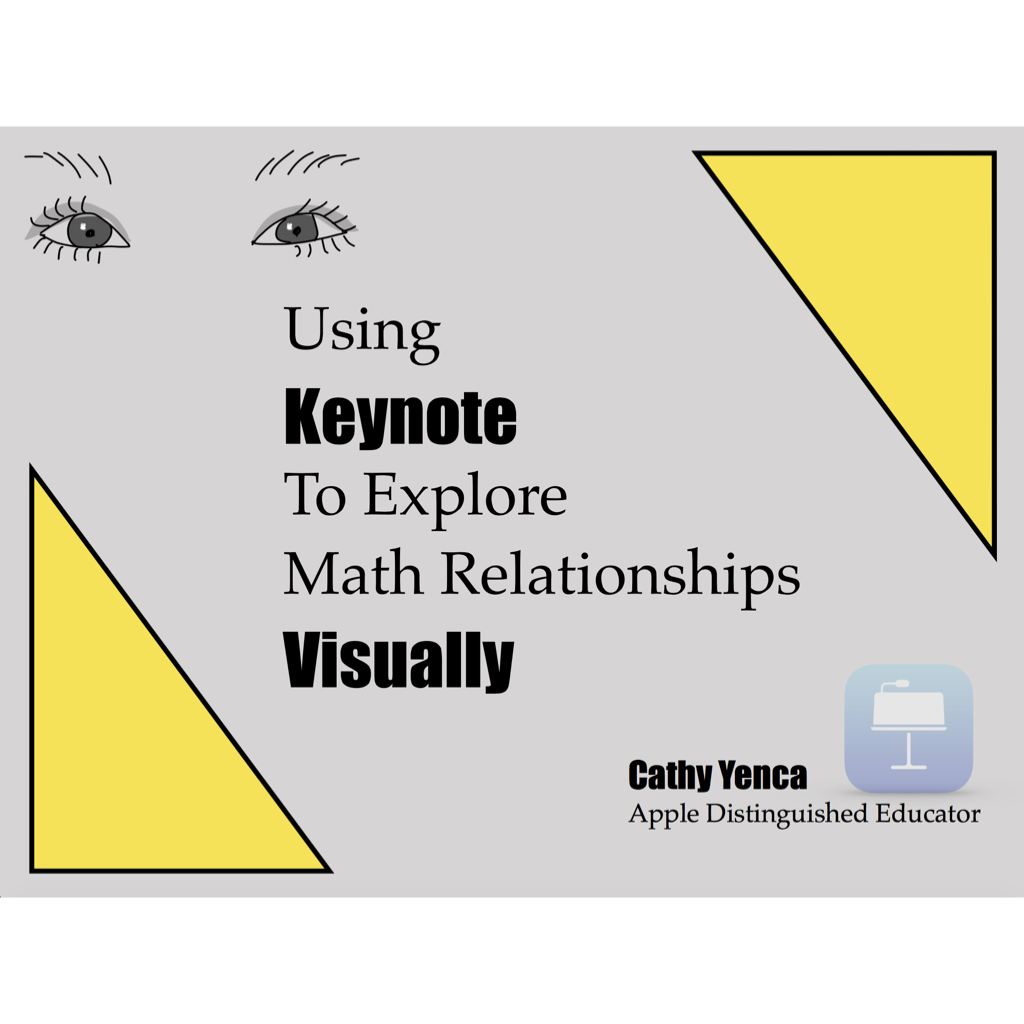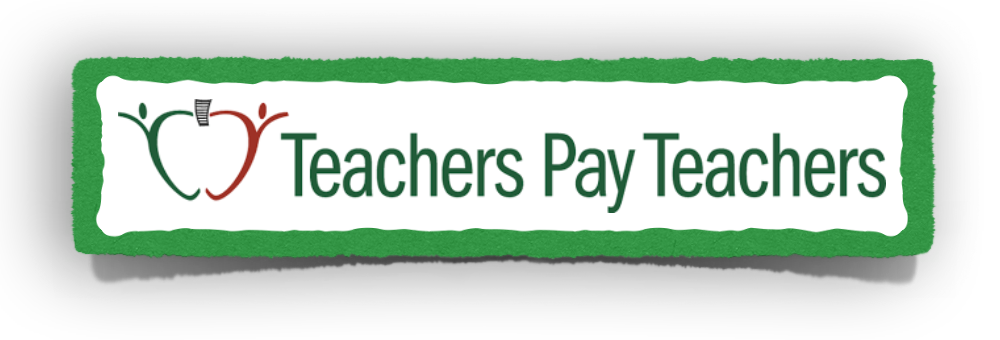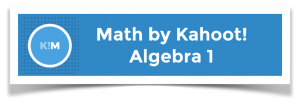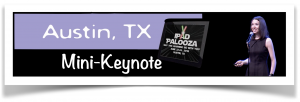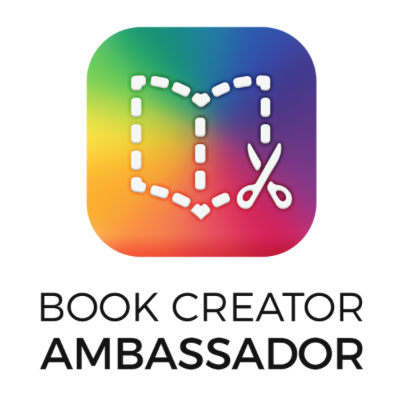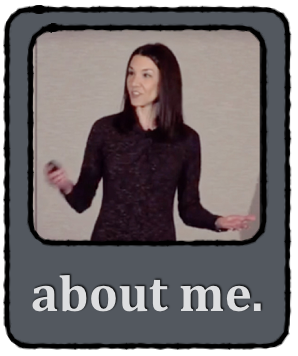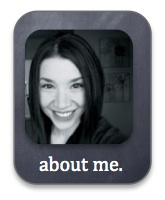I don’t think I’m the only blogger who’s fallen off of the blog bandwagon lately. It’s so cliche to talk about how “busy” teachers are, but sheesh… we are! I am! And happily so… though blogging becomes the sacrifice at times. Nonetheless, here are a few goodies you may have missed.
This guy has inspired me to improve the ways I’m using Desmos with students. Michael’s work is amazing, and you should check it out:
New #reasonandwonder post: “Visual Patterns + Desmos = Amazing!” http://t.co/WN4osi4UJO #mathchat #MTBoS #msmathchat pic.twitter.com/XaxijIjW6L
— Michael Fenton (@mjfenton) February 25, 2015
A Lego investigation?!? Yes please Mr. Orr! Comprehensive resources included!
@MathletePearce @mathycathy @mathymeg07 @MaryBourassa Here was our Lesson today with lego! http://t.co/wVmcYokuIX — Jon Orr (@MrOrr_geek) February 25, 2015
A collaborative effort with my pal Kyle Pearce to show students multiple ways to factor a quadratic trinomial using “Silent Solutions” quick videos:
TOUCH this image: Factoring a Quadratic Trinomial [SILENT SOLUTIONS] http://t.co/HvafWzBZuU @mathletepearce #MTBoS @explainevrythng
— Cathy Yenca (@mathycathy) February 22, 2015
FREE Nearpod lessons to help those searching for “Financial Literacy” resources:
Find out how much it’ll really cost you! http://t.co/ICu5tFMdFo @StantonShelly #financialliteracy pic.twitter.com/mb0JivHtZQ — Nearpod Content (@NearpodContent) March 5, 2015
A 3-Act proposition that involves a city stroll to an Austin icon (weather here has been surprisingly yucky, but I WILL TEST THIS!)
Kerbey Lane Part 2 (http://t.co/jq57Iv9tYC). @AGHolman and @mathycathy can y’all get some S’s out to @kerbeylanecafe and test this? 😉 — Dane Ehlert (@DaneEhlert) February 25, 2015
Some ideas for paying homage to next week’s ULTIMATE Pi Day! Something I missed? Let me know and I’ll add your link to this ThingLink (which can easily be embedded on your website for students to access):
What would you add to this #piday Pi Day @ThingLink? Embed on your T website too: #MTBoS https://t.co/5poglieffJ pic.twitter.com/748JNYegAR
— Cathy Yenca (@mathycathy) March 1, 2015


